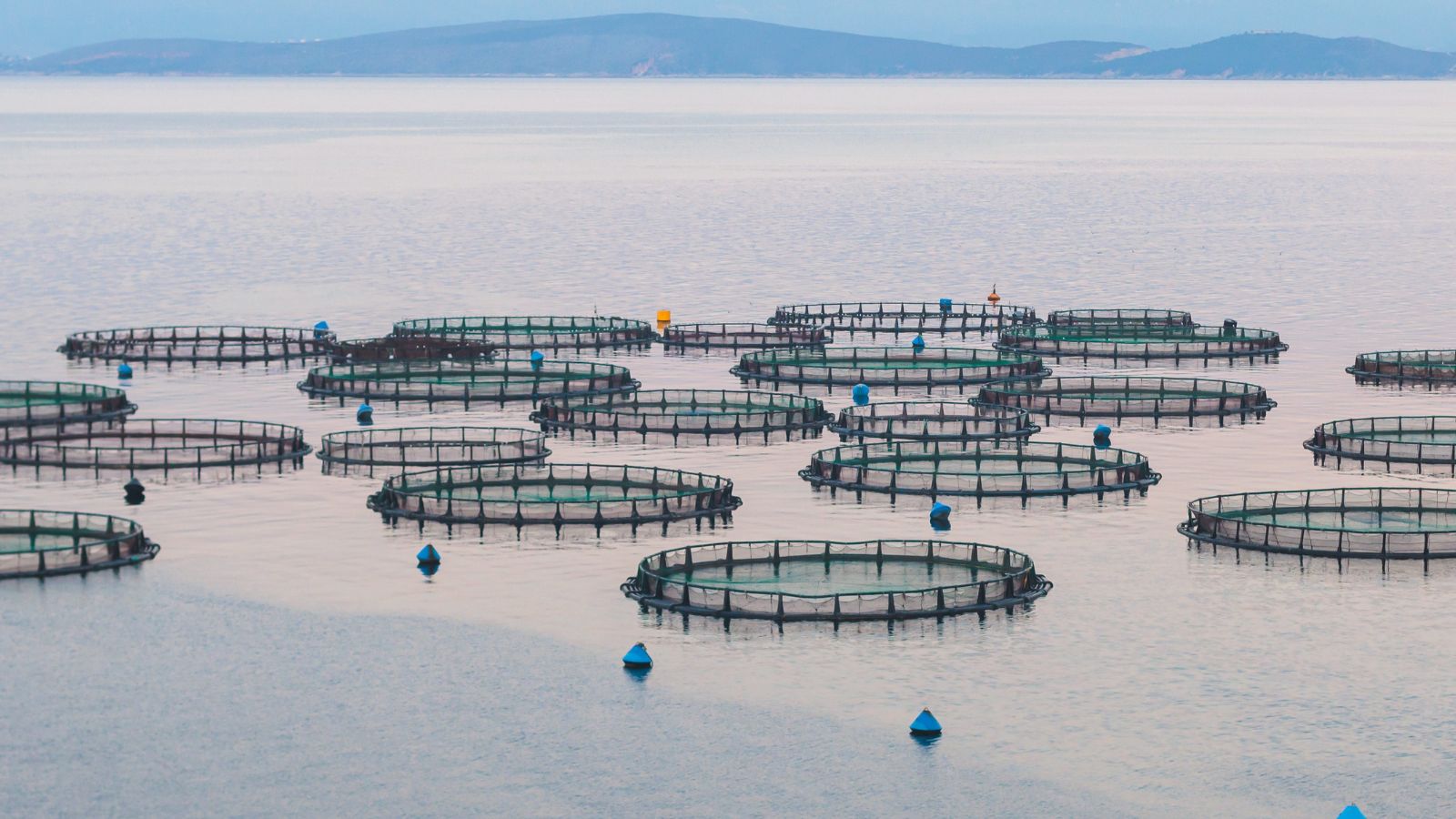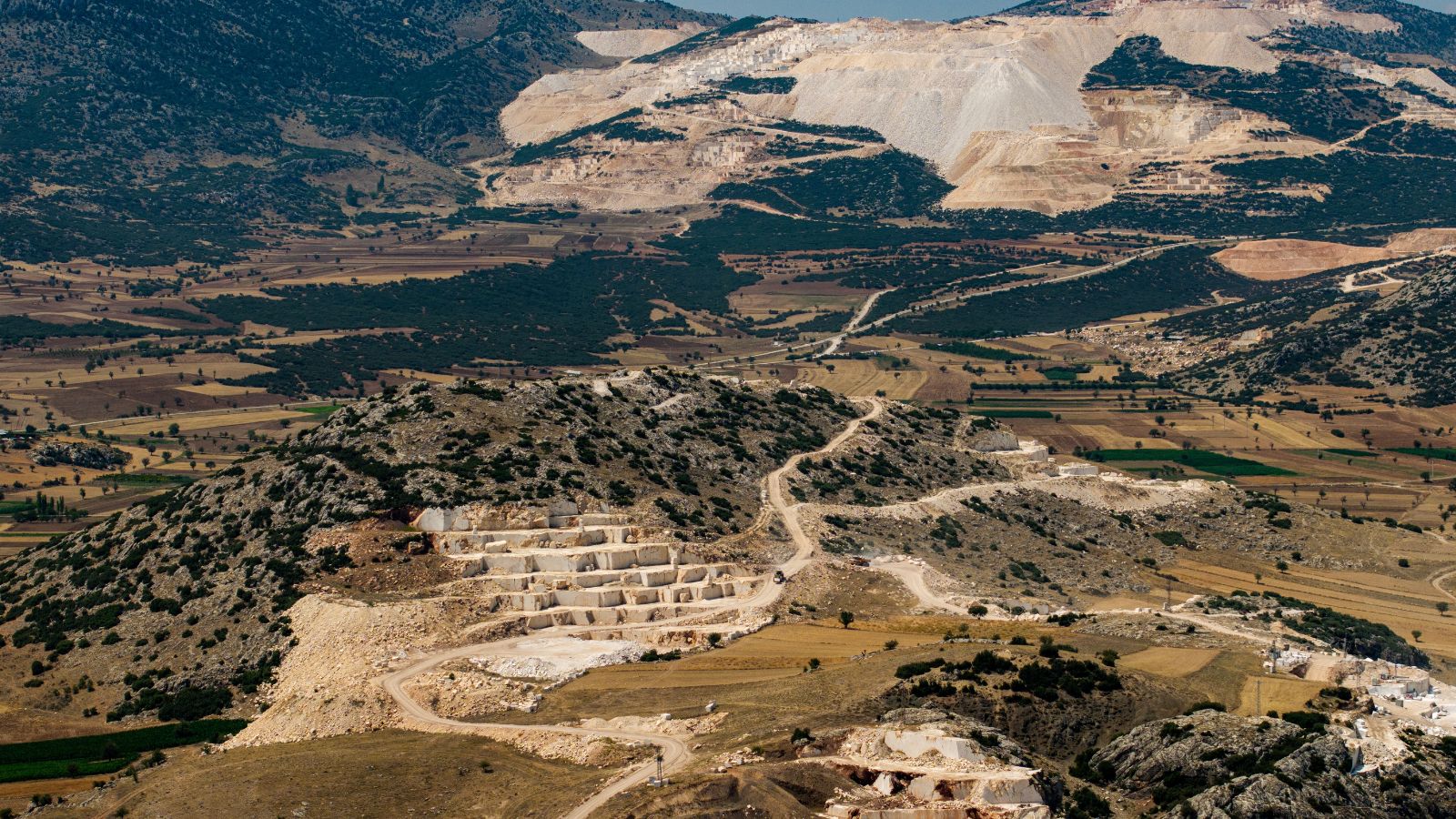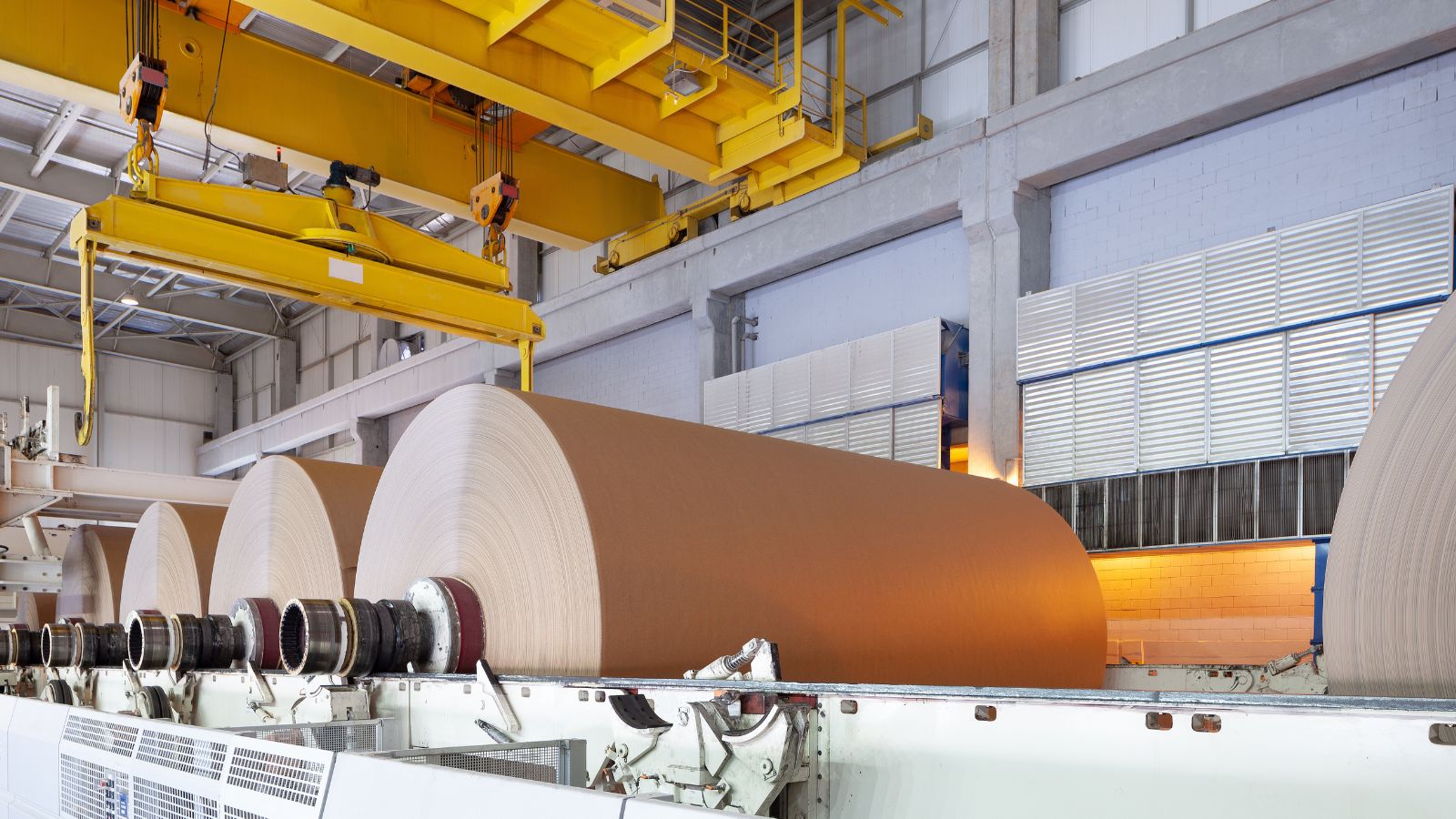Canada is at a crossroads. On one side, there’s the undeniable need to protect the environment and reduce pollution; on the other, a host of industries that have long powered the nation’s economy are facing tough new rules that could upend their way of doing business. In this article, we’ll explore 18 Canadian industries that might struggle or collapse under the weight of stricter environmental regulations.
Oil and Gas

The oil and gas sector has been the bedrock of the Canadian economy for decades. Yet, new government rules aimed at cutting greenhouse gas emissions by 35% below 2019 benchmarks are forcing companies to rethink how they operate. These regulations increase the cost of production and may limit expansion activities, pressuring firms that have built their business models around fossil fuels.
Also, the costs of installing new technologies like carbon capture systems and switching to cleaner energy sources are staggering for many companies in this sector. If these companies fail to innovate quickly enough, they risk financial loss and a reduced role in Canada’s energy portfolio.
Aquaculture

Salmon farming has long been a key part of Canada’s coastal economies, but recent environmental concerns are shaking things up. Open-net pen farms, which let salmon swim in the natural environment, are now under fire because of their impact on wild fish populations and coastal ecosystems.
The government is planning to ban these open-net systems by 2029. This regulatory shift could force many aquaculture businesses to invest heavily in closed-containment systems—an alternative that significantly increases production costs.
Mining

Mining has fueled much of Canada’s industrial growth, providing raw materials essential for everything from construction to high-tech manufacturing. However, mining is also one of the most environmentally disruptive activities. It leaves behind altered landscapes and massive waste.
New regulations demand that mining companies adopt more responsible practices, such as improving waste management, reducing pollution, and planning for land reclamation once mines close. And these requirements come with hefty price tags. In case of tight profit margins, the extra costs lead investors to steer clear of new mining projects, and older mines may struggle to remain economically viable.
Manufacturing

Manufacturing in Canada has been seen as a stable and reliable economic engine for years. However, the reality is that today’s consumers and regulators expect companies to prove their commitment to sustainability. New rules force manufacturers to back up any environmental claims with hard evidence.
This changes everything from production processes to marketing strategies. Companies with deep pockets might adapt quickly, but smaller firms might find it hard to shoulder the costs of upgrading equipment and improving transparency.
Agriculture

Farmers worldwide have always had to deal with the challenges of nature. But, Canadian farmers now face an additional burden. With strict new rules on water usage, fertilizer application, and pesticide management designed to curb water pollution and soil degradation, farmers face mounting pressure to adopt sustainable practices.
While these changes could benefit the environment in the long run, the short-term economic impact on many farmers could be severe. These changes can lead to increased production costs and require significant shifts in traditional farming methods.
Transportation

The way we move people and goods is changing. New regulations demand lower emissions, meaning that public transit systems, delivery fleets, and long-haul trucking companies must find ways to reduce their carbon footprint. This involves retrofitting vehicles with new technology or replacing diesel engines with electric or alternative fuel options.
The transition can be incredibly expensive and logistically challenging for companies managing hundreds or even thousands of vehicles. While government incentives may ease the burden, the pace of change might leave some companies behind, resulting in a shakeup of the industry.
Forestry

Canada’s lush forests have long been a valuable resource, especially for the logging and timber industries. However, environmental concerns about deforestation and loss of biodiversity have led to tighter rules on logging practices. New guidelines are designed to ensure sustainable forest management and require reforestation initiatives. While these measures are essential for preserving Canada’s natural heritage, they limit the amount of timber that can be harvested. Companies that depend on large-scale clear-cutting may face declining production and higher operational costs.
Construction

Environmental regulations are reshaping the construction industry as well. Today’s builders must comply with environmental assessments, use sustainable materials, and follow strict waste management protocols. These requirements extend project timelines and significantly increase costs.
In an industry where margins are already thin, the added expenses can be a heavy burden. Smaller construction firms, in particular, might struggle to compete with larger companies that can better absorb these costs.
Energy Production

Energy production in Canada isn’t just about oil and gas. Coal-fired power plants, some nuclear facilities, and even certain hydroelectric projects now face new environmental scrutiny. The push for cleaner energy has heavily modified traditional methods of power generation. Coal plants, for example, are rapidly being replaced by renewable energy sources, while hydroelectric projects must now prove that they don’t harm aquatic ecosystems.
Waste Management

Waste management is undergoing a dramatic transformation in Canada. New rules are not just about dumping trash into landfills—they require companies to sort, recycle, and properly dispose of waste. Waste management firms now have to invest heavily in state-of-the-art recycling technologies and establish efficient collection and processing systems.
The financial burden of these changes is significant. And smaller firms might find it difficult to keep up with larger companies. Although these regulations aim to reduce the environmental impact of waste, the transition could lead to a consolidation of the industry as companies merge or go out of business.
Chemical Manufacturing

The production of chemicals often involves hazardous processes and produces toxic by-products. And new environmental rules are forcing chemical companies to rethink their production methods, invest in safer technologies, and reduce their environmental footprint.
The need to upgrade can lead to significantly higher production costs for companies that have relied on traditional, cost-effective processes. These additional expenses may threaten the survival of companies that cannot keep pace with regulatory changes.
Cement and Building Materials

The cement industry is another area facing significant change. Cement production is notoriously carbon-intensive, and new environmental policies are pushing the sector to lower its emissions. The cost of these changes can be enormous, and for many companies, there is little margin for error. With the demand for building materials remaining high, the industry finds itself in a difficult position: invest heavily in green technology or risk being left behind as global standards shift.
Pulp and Paper

Canada’s pulp and paper industry has a long history, but it is one of the industries most impacted by environmental regulations. Traditional mills rely on outdated technology that consumes a lot of water and energy, and they produce large quantities of chemical waste.
New rules require these companies to clean up their act—literally. Upgrading facilities to meet stricter discharge standards and improving water usage can be extremely costly, especially for older plants that have been operating for decades.
Shipping and Logistics

Shipping and logistics are vital to Canada’s economy, facilitating the movement of goods domestically and internationally. However, the environmental impact of shipping, particularly in terms of greenhouse gas emissions and marine pollution, is drawing increasing attention.
New regulations are likely to require shipping companies to adopt cleaner fuels, implement advanced emission control technologies, and reconsider shipping routes to avoid sensitive ecological areas.
These changes could lead to higher operational costs and major shifts in how goods are transported. Smaller shipping companies may find themselves unable to bear the extra expense, leading to industry mergers and fewer choices for consumers.
Automotive Industry

The automotive industry in Canada is in the midst of a profound transformation. Traditional car manufacturers and parts suppliers are under enormous pressure to change with a growing global shift toward electric and hybrid vehicles.
New environmental standards are pushing for cleaner vehicles and challenging the whole production process behind them. The transition may lead to market volatility, with older, less adaptable companies potentially being squeezed out by newer players.
Tourism and Hospitality

When you think of environmental regulations, tourism might not be the first industry that comes to mind. Yet, Canada’s natural beauty, including its pristine lakes, mountains, and forests, is a major draw for tourists. New rules aimed at reducing the environmental footprint of tourist facilities are forcing the hospitality sector to reconsider how they operate. Resorts, hotels, and other tourist attractions are now expected to invest in energy-efficient infrastructure, improve waste management, and minimize their impact on local ecosystems.
Financial Services

At first glance, it might seem that banks and investment firms have little to do with environmental regulations. In reality, the financial sector is increasingly intertwined with these changes. Investors are now scrutinizing companies for their profitability and environmental, social, and governance (ESG) practices. Traditional investments in fossil fuels or unsustainable practices are becoming riskier as government tighten their regulations.
Financial institutions are forced to rethink their portfolios, incorporating environmental risk assessments into every investment decision. This shift affects the bottom line for banks and insurance companies and has wider implications for the Canadian economy.
Real Estate and Urban Development

Real estate and urban development are also feeling the pressure from a new era of environmental regulations. Modern building codes and zoning laws now require developers to consider energy efficiency, green building practices, and sustainable infrastructure from the outset. This means higher costs and more complex planning processes for developers.
Projects that were once straightforward could now face delays or cancellation if they cannot meet the new environmental standards. This could lead to a slower pace of urban development. On the flip side, those who can adapt might tap into a growing market for green buildings and sustainable communities.
Conclusion

In the end, whether these industries crumble or transform depends largely on how quickly they can innovate and adapt to the new rules. The challenges are enormous, but so are the opportunities for those willing to take the risk. As Canada continues on this green journey, all eyes will be on these industries, watching to see which ones can lead the way into a more sustainable future and which ones will fall by the wayside.
25 Countries Predicted to Become Economic Superpowers in the Next 20 Years

The strength of an economy plays a crucial role in various international policies about trade and relations. Certain factors determine the strength of an economy, including population growth, availability of resources, and development and advancement. Here are 25 countries predicted to become economic superpowers in the next 20 years
25 Countries Predicted to Become Economic Superpowers in the Next 20 Years
